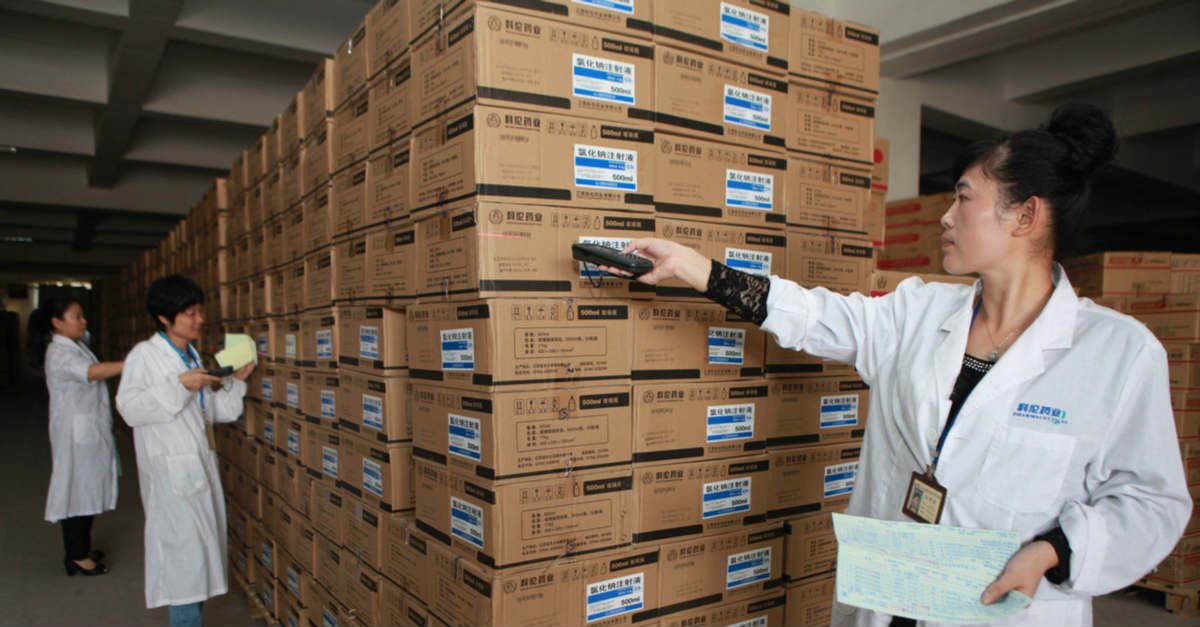Recently I got 4 messages from buyers who asked me to clarify what an AQL inspection guarantees and what it does not guarantee.
The problem is, explaining the concept of the AQL (Acceptance Quality Limit) is not simple.
Here are two examples of questions (rewritten for clarity and brevity).
Q: We paid a QC firm, they found a number of defects below the AQL limit of 1.5%. Then we found that the proportion of defects was higher than 1.5%. The QC firm said they are only responsible for the cartons they inspected. Is it normal?
A: No the QC firm shouldn’t say their findings are only applicable to the cartons they inspected. That’s unprofessional. They should say it is perfectly possible that, sometimes, the proportion of defects in the whole batch will be higher than that among the samples they checked.
But of course, no QC firm will accept liability above 10 or 15 times what they were paid for their service, for a random inspection.
Q: We buy from a Chinese supplier, and we conduct AQL inspections with a limit at 2.5%. But our customers, in our country, complain as soon as they find a few defects. What is a simple definition of the AQL that I can give to them?
A: The definition of AQL as the “quality level that is the worst tolerable” comes from the ISO 2859-1 standard.
Here is my simple definition: “I want no more than 1.5% defective items in the whole order quantity, on average over several production runs of that one product and with that one manufacturer” means the AQL is 1.5%.
But, from experience, the AQL is a concept too time-consuming to explain to your customers. Heck, 99% of importers don’t even understand that concept correctly!
You are better off doing two things:
- Looking for good manufacturers, and setting the AQL as low as realistically possible. Let’s say 1.0%.
- Taking a margin of safety: looking at the “consumer’s risk quality” table, and based on your usual sample size (let’s say 200 pcs), you can only promise to your customers that there will be less than 4.6% of defects in 90% of cases.
Is that scary? 4.6% of defects, or more, about 10% of the time?
Yes it should be scary. But that’s how the AQL works.
—
If you really want to understand the concept of the AQL, you should spend about 20 minutes watching these 3 videos. I promise it will help!

